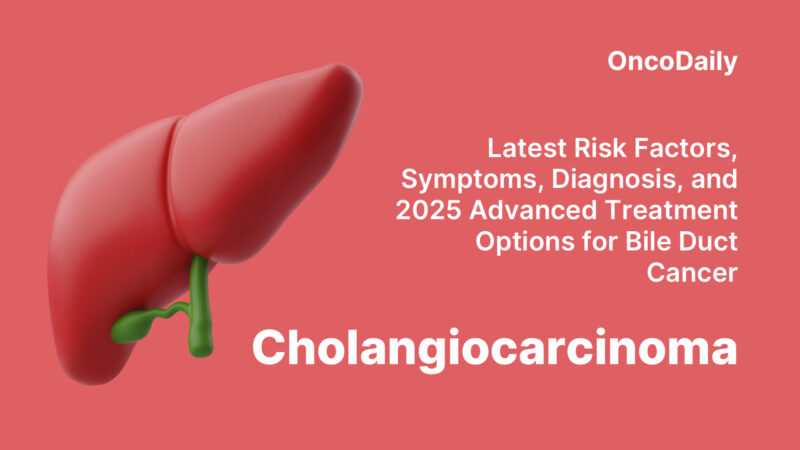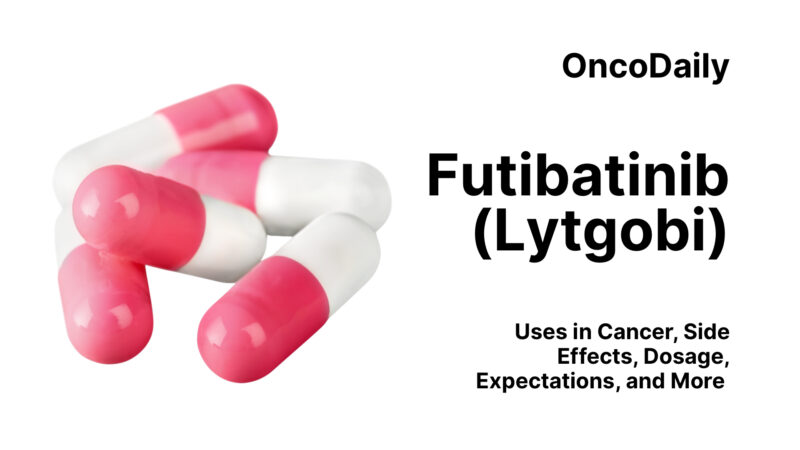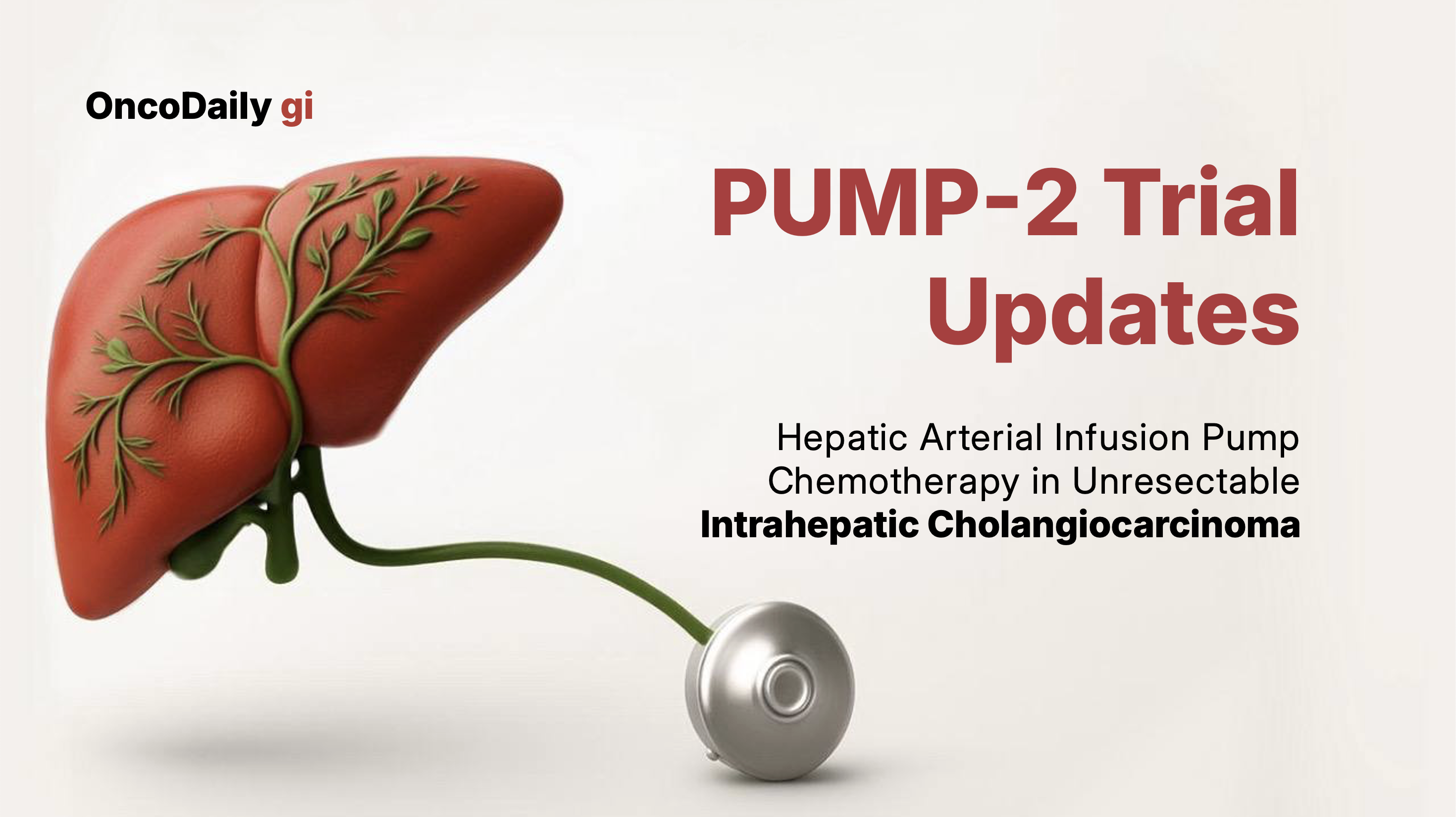Intrahepatic cholangiocarcinoma (iCCA) remains one of the most challenging malignancies of the hepatobiliary system. For patients with advanced, liver-confined disease not amenable to resection, prognosis remains dismal. Even with the standard systemic combination of gemcitabine and cisplatin (gem-cis), the 3-year overall survival (OS) rarely exceeds 3%. Given that hepatic progression accounts for the majority of deaths in this population, strategies that directly target intrahepatic tumor burden are critically needed.
Building upon encouraging data from the Memorial Sloan Kettering experience, hepatic arterial infusion pump (HAIP) chemotherapy has emerged as a promising approach to intensify local control while maintaining systemic therapy. The phase II PUMP-2 trial, conducted in the Netherlands and led by Dr. Bas Groot Koerkamp and colleagues, sought to evaluate the efficacy and safety of combining HAIP floxuridine (FUDR) with concurrent systemic gem-cis in patients with unresectable, liver-confined iCCA.
About the Trial
The PUMP-2 trial represents one of the largest prospective investigations of HAIP chemotherapy in cholangiocarcinoma outside the United States. Conducted across multiple Dutch centers between January 2020 and September 2022, the study was designed to explore whether dual intrahepatic and systemic therapy could meaningfully extend survival beyond historical benchmarks achieved with gem-cis alone.
Importantly, the trial was open to both treatment-naïve patients and those previously exposed to systemic chemotherapy, reflecting the heterogeneity of the real-world iCCA population. By integrating regional hepatic drug delivery with systemic cytotoxic coverage, the investigators aimed to maximize tumor control while minimizing systemic toxicity.

Read more about Cholangiocarcinoma: Latest Risk Factors, Symptoms, Diagnosis, and 2025 Advanced Treatment Options for Bile Duct Cancer on OncoDaily.
Study Design
PUMP-2 was a nonrandomized, multicenter phase II trial. Eligible patients had unresectable iCCA confined to the liver, without extrahepatic metastases, and sufficient hepatic function to tolerate regional therapy.
After surgical placement of the infusion pump, patients received up to six cycles of HAIP floxuridine administered directly into the hepatic artery, in combination with eight cycles of systemic gem-cis (for those without prior gem-cis exposure).
The primary endpoint was the 1-year overall survival rate, compared with a historical cohort of gem-cis–treated patients. Secondary endpoints included response rate, disease control rate (DCR), conversion to resection, and long-term survival outcomes. Treatment feasibility and safety were also closely monitored, as HAIP therapy requires specialized expertise in both pump management and hepatic arterial anatomy.
Results
A total of 50 patients underwent HAIP pump placement. Two patients (4%) did not proceed to chemotherapy—one due to COVID-19–related death and one due to hepatic arterial dissection. The remaining 48 patients (96%) initiated HAIP therapy, with 37 patients (74%) receiving concurrent systemic gem-cis.
Earlier Interim Results
Preliminary findings from this same study were first published in 2024 (Journal of Clinical Oncology 42, 3_suppl, Abstract #433).
At that time, among 50 enrolled patients, combined HAIP + systemic chemotherapy was administered to 38 (76%) and HAIP alone to 11 (22%) who had previously completed systemic therapy. One patient (2%) died from COVID-19 before treatment initiation.
With a median follow-up of 26.4 months (95% CI 21.7–39.0), the median OS was 22.1 months (95% CI 19.7–not reached), 1-year OS 80.0% (95% CI 69.6–91.9), and 3-year OS 28.6% (95% CI 16.0–51.2). The median PFS was 10.0 months (95% CI 8.7–12.2).
Objective responses were observed in 27 patients (54%), with disease control in 43 (86%) at six months. Four patients (8%) underwent surgical resection after HAIP therapy, including two complete pathologic responses.
These early data already signaled a substantial improvement over the historical 3-year OS of 2.8% seen in the ABC trials, supporting further follow-up and full publication.

You can read about Futibatinib (Lytgobi): Uses in Cancer, Side Effects, Dosage, Expectations, and More on OncoDaily.
Final 2025 Results (JCO October 13, 2025)
With longer follow-up and updated analysis, the PUMP-2 final results, published in JCO on October 13, 2025, confirmed and refined those preliminary findings.
Among evaluable patients, 22 (44%) achieved a partial response and 42 (84%) achieved disease control at six months. Five patients (10%) were successfully converted to resection, including one complete pathological response.
The median OS was 22.3 months (95% CI 19.7–35.9). The 1-year OS rate was 80.0% (95% CI 69.6–91.9), significantly superior to the historical control of 47% (P < .001). The 3-year OS was 31.5% (95% CI 20.4–48.6), confirming the durability of benefit in selected cases. These results demonstrate that HAIP therapy can prolong life and potentially downstage disease, enabling resection in a subset of patients once deemed inoperable.
Conclusion
The PUMP-2 trial, published in the Journal of Clinical Oncology on October 13, 2025, provides compelling evidence that hepatic arterial infusion pump chemotherapy with floxuridine, when combined with systemic gem-cis, dramatically improves outcomes for patients with unresectable, liver-confined intrahepatic cholangiocarcinoma.
Compared with historical data for systemic therapy alone, this combined approach delivered markedly superior 1- and 3-year survival rates, achieved high disease-control rates, and enabled curative resection in a subset of patients.
Although HAIP therapy requires specialized surgical and interventional expertise, the success of PUMP-2 positions it as a potential new standard of care for fit patients with liver-limited iCCA. Ongoing international collaboration and prospective randomized trials will be key to validating these findings and optimizing patient selection for this promising therapy.
